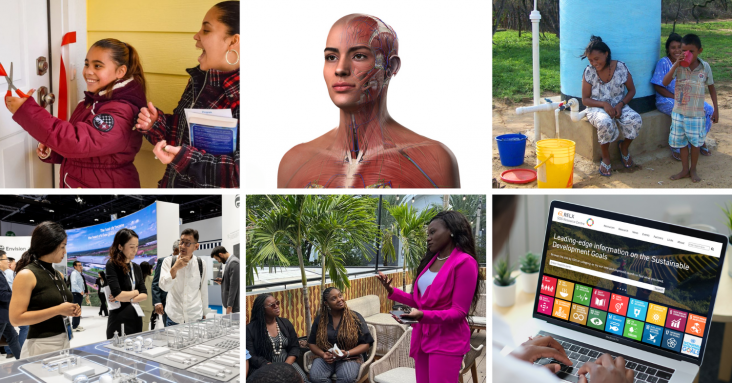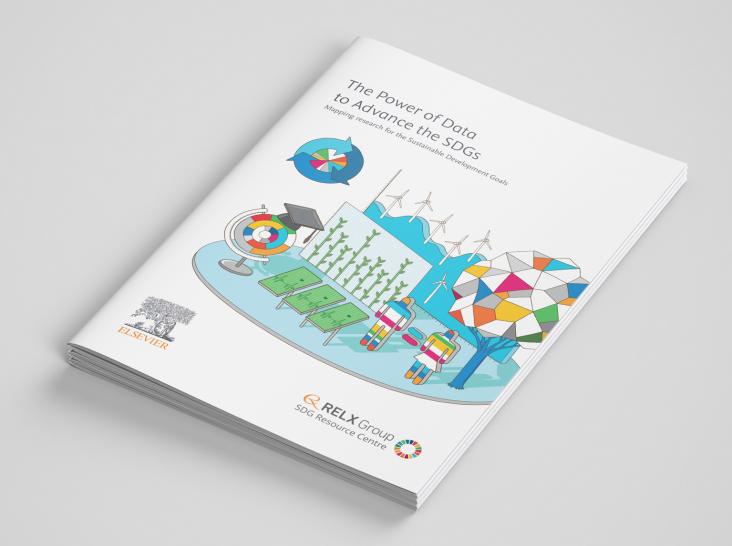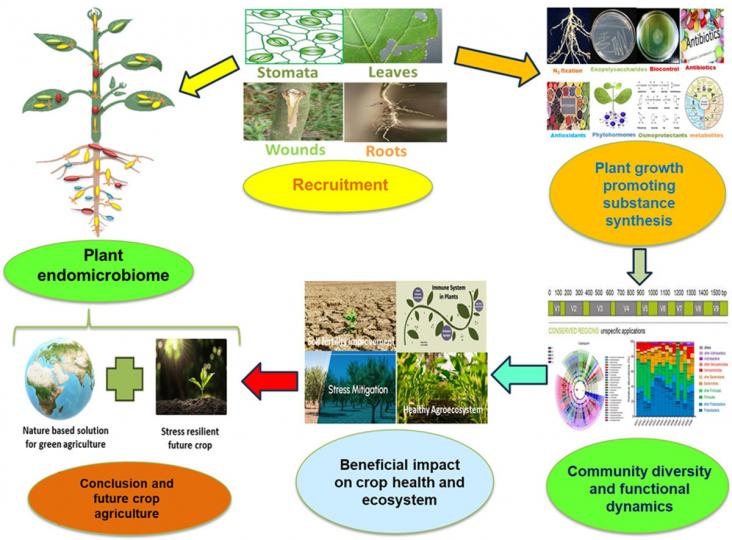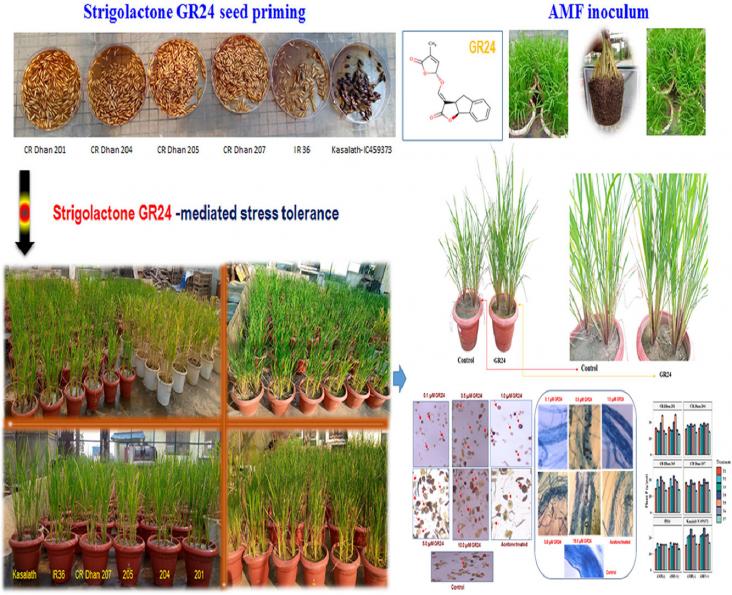
As we pass the halfway point for the SDGs, many of the goals are worryingly off track and progress on 85% of the target indicators has stalled or even reversed. Through our information, products and people, RELX remains committed to advancing the Goals. Here are some of the ways that we continue to support their achievement.

Access to information is critical in achieving the SDGs - empowering the public to make decisions, informing policy making and enabling effective implementation and monitoring. RELX businesses regularly produce and publish free to download reports and analytics that draw upon vast amounts of information and data in support of the SDGs. Explore some of the reports and tools developed to date.

Plants have a microbiome, a diverse community of microorganisms, including bacteria, fungi, and viruses, living inside and on their tissues. This review article contains deeper insight in endomicrobiome related research work in last years, recruitment, niche development, nutrient dynamics, stress removal mechanisms, bioactive services in plant health development, community architecture and communication, and immunity interplay in producing stress resilient future crop.

Strigolactones (SLs) are a new class of plant hormones that play a significant role in regulating various aspects of plant growth promotion, stress tolerance and influence the rhizospheric microbiome. GR24 is a synthetic SL analog used in scientific research to understand the effects of SL on plants and to act as a plant growth promoter.
In this paper the authors show how the heterogeneity in cities means that individual cities need specific low-carbon roadmaps, rather than a one-size-fits-all approach

Human health, in the coming decades (and already in some “front-running” regions), is in peril. Although some authorities warn that over-stating such risks can induce paralysis and despair, under-stating them will not generate the intense action that is required. The impact of climate change on the Earth system is now so significant that the next ice age will likely be delayed by at least 50,000 years [201]. If humans do not rapidly change their collective behavior, then this may be their most enduring legacy. It is hoped that this chapter makes a small contribution to SDG3.
A study published by Mukhopadhyay et al., 2023 investigates the long-term impact of subsurface drainage (SSD) on soil quality restoration and sugarcane productivity in waterlogged saline Vertisols in India. By using soil and water samples together with a farmer field survey, the authors showed that SSD significantly reduced soil salinity and improved various soil properties, leading to increased sugarcane yields by up to 585.5%. Farmers' perceptions indicated that SSD technology could substantially improve soil conditions and crop yields, and large-scale adoption of the technology will support the Sustainable Development Goals related to Land, No Poverty, and Zero Hunger in saline soils of India.
The importance of an updating of fundamental energy law to achieve net zero carbon emissions by 2050 in the energy sector.
Elsevier,
Safeguarding Mountain Social-Ecological Systems, A Global Challenge: Facing Emerging Risks, Adapting to Changing Environments and Building Transformative Resilience in Mountain Regions Worldwide, 2024, pp 11-15
This chapter advances the UN SDG goals 13 and 15 by reviewing the unique species assemblages of high-elevation ecosystems and biodiversity trends in the context of climate change.
This chapter advances the UN SDG goals 9 and 13 by discussing the potential of AI tools to advance sustainable urban climate modeling.
